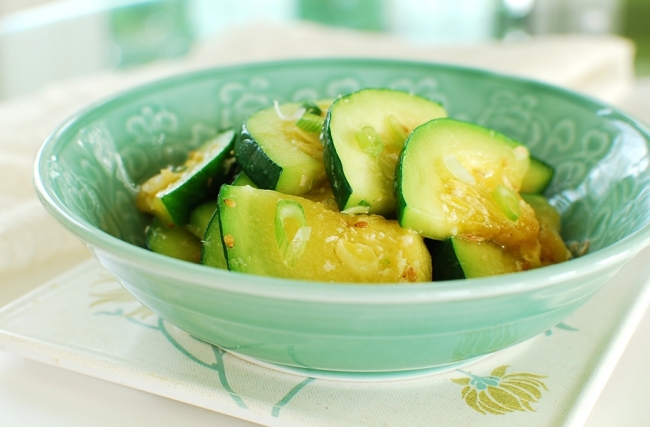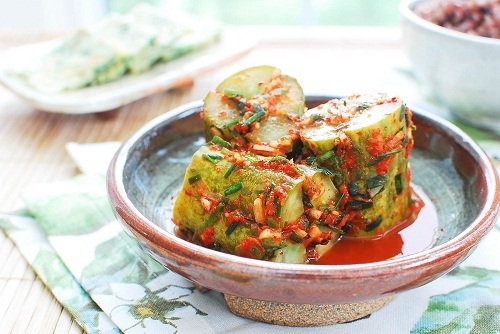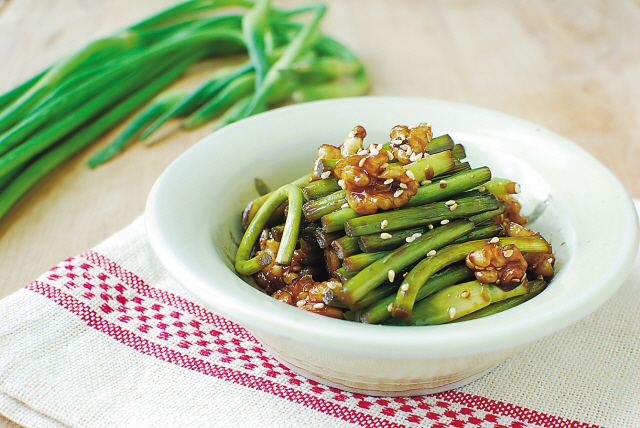
EXPOSE Election Fraud in South Korea Presidential Election!
WE, KOREANS ARDENTLY REQUEST WORLD PRESS TO ALERT
THE WORLD WITH THE POLITICAL SITUATION IN KOREA.
THE WORLD WITH THE POLITICAL SITUATION IN KOREA.
'The Denunciation Rally with Candles of Korean enraged with Fraudulent Election'
Korean people are enraged with their stolen and robbed suffrage
which was accurately framed and fabricated by the former president,
NIS, and Election Administration Commission.
which was accurately framed and fabricated by the former president,
NIS, and Election Administration Commission.
The most baneful thing is that Korean press and journalism such as
Chosun Daily,Joongang Daily, Donga Daily, KBS, MBC, and SBS
are under the ferocious suppression of the press.
Chosun Daily,Joongang Daily, Donga Daily, KBS, MBC, and SBS
are under the ferocious suppression of the press.
The gag upon freedom of speech block the Korean people from hearing
the changes and development of the political situation in Korea.
the changes and development of the political situation in Korea.
Hence, we Koreans earnestly want the world jouranalism and press
to spread the Korean political situation and the president election
in 2012 was a fradulent election.
to spread the Korean political situation and the president election
in 2012 was a fradulent election.
F4VR (Fight for Voters' Right)
2013. 7. 27 Sat.
- Seoul, Korea
- Seoul, Korea








